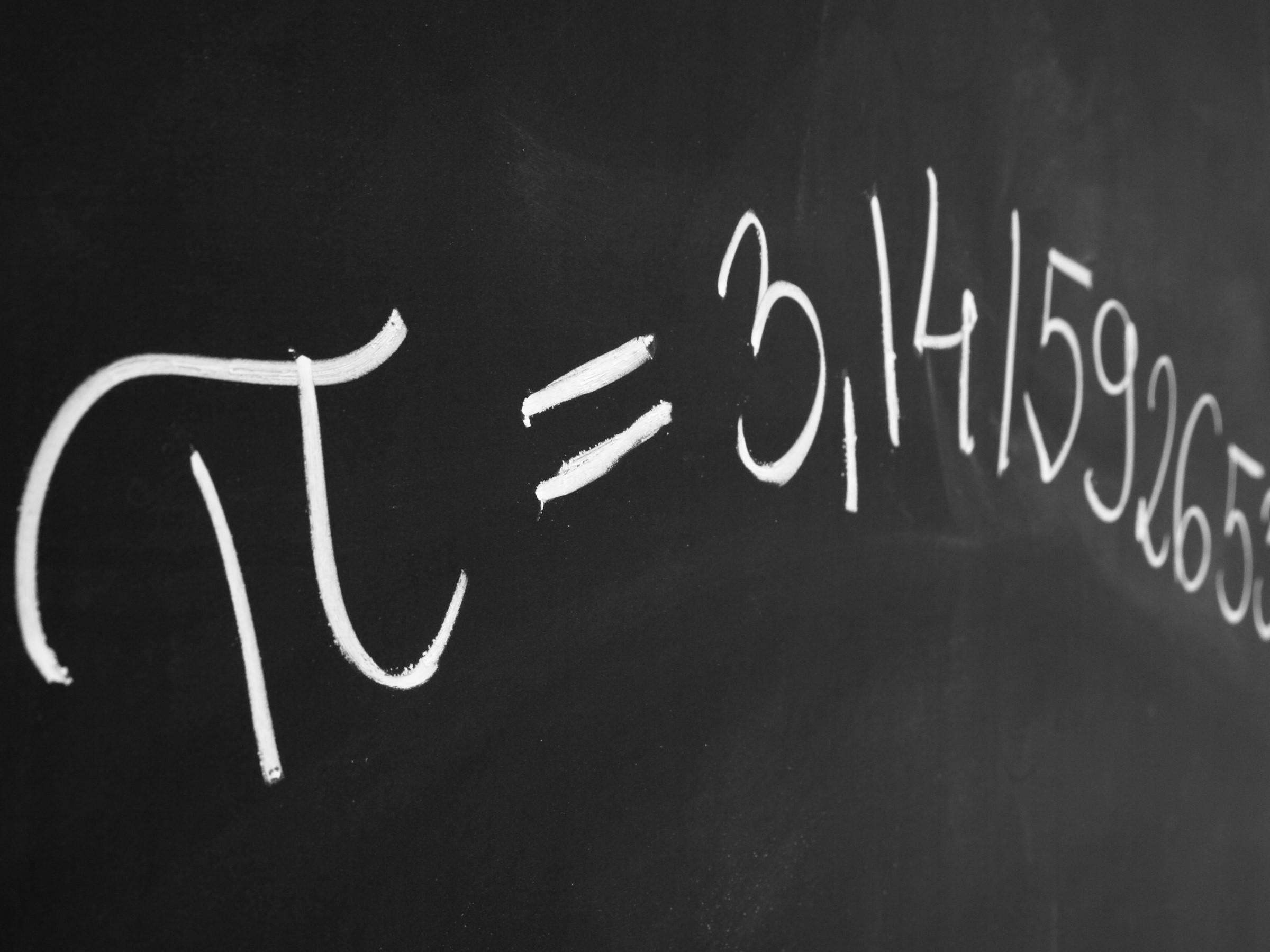The Independent's journalism is supported by our readers. When you purchase through links on our site, we may earn commission.
Google employee breaks world record for calculating Pi to 3.14 trillion digits
Emma Haruka Iwao computed the famous number to 31.4 trillion decimal places – achieving a childhood dream in the process

A Google employee has broken the Guinness World Record for calculating pi to the most number of digits, just in time for Pi Day on 14 March – or 3.14.
Emma Haruka Iwao computed the famous number to 31.4 trillion decimal places using the tech giant's could computing infrastructure, breaking the previous record by almost 9 trillion digits.
Pi – the ratio of the circumference of a circle to its diameter – is an irrational number, meaning there's no end to how many digits can be calculated.
The engineer said it had been her dream since she was a child to break the world record for Pi.
"When I was a kid, I had no idea that one day I would break the world record," she said. "It's more than 20 years since I first met pi."
Calculating the digit to more decimal places is only limited by computing power, so as technology advances the record will likely be broken again in the future.
Computers and supercomputers have previously been used to calculate pi, but Ms Iwao's record is the first time the world record has been broken using cloud computing technology.
"For our pi calculation, we decided to go to the cloud," Google wrote in a blog post. "Using Compute Engine, Google Cloud's high-performance infrastructure as a service offering, has a number of benefits over using dedicated physical machines.
"[The engine] lets your application continue running while Google takes care of the heavy lifting to needed to keep our infrastructure up to date. We ran 25 nodes for 11.8 days, or 2,795 machine-days (7.6 machine-years)."
From an engineering standpoint, it is not necessary to know pi beyond around 20 or 30 digits, while scientific applications don't need pi beyond a few hundred digits. But from a software standpoint it is an impressive feat to calculate pi into the trillions of digits.
Join our commenting forum
Join thought-provoking conversations, follow other Independent readers and see their replies
Comments
Bookmark popover
Removed from bookmarks